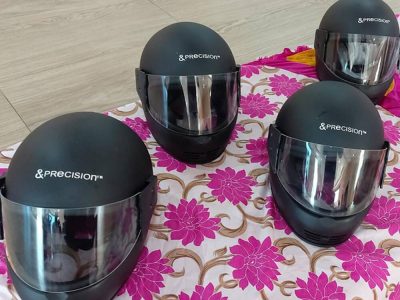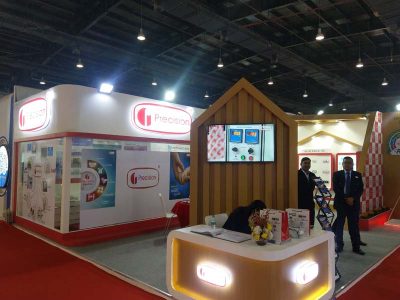
The Future of Modular Switches: 6 Reasons Why You Need Them
September 19, 2022
Stay Savvy with these 4 Electrical Safety Tips for the Winter
November 22, 20225 Quick-Thinking Ways You Can Reduce Bills Via Your Electrical Accessories
We know that feeling.
The electric bill at the end of the month can leave you with a sense of persecution sometimes.
It’s expensive.
There’s also the hassle of monitoring and calculating the taxes, the added surcharges, and those confusing kilowatt hours.
Those duties are unavoidable. You have to research the rate of the power company whose supply you are using, the seasonal rate fluctuations, and your many appliances’ power-guzzling ratings.
But these factors are often beyond your control, right?
So, what can you control?
Look to these 5 aspects of the household’s electrical system to temper the increases in energy usage and be a more responsible homeowner.
1. Install dimmer switches and motion sensors wherever you can.
Modulating the intensity of electrical supply is such a clever and obvious solution.
And that’s what dimmer switches allow you to do.
You can turn the lights down so they are not operating at their whole capacity, thus saving up on energy, while also having more control over the mood of your living environment.
Local and national electrical switches manufacturers will have these in bulk for residential properties. Read an article where it is outlined how they save electricity costs
As another solution, motion sensors automatically switch your lights off as you move outside a space. This solves the problem of inattentive children not switching off the lights after usage.
Another trick is to use LED lights over incandescent or halogen light bulbs because LED lights can reduce consumption by about 60-80% with respect to the former.
2. Insulate switches and plates to prevent heat energy loss
A lot of energy is lost to badly-conditioned electrical switches, faulty contacts, and plates heating up.
This is especially common in older houses, where the circuitry hasn’t been replaced for many years.
You need to keep the energy humming with the wires, the contacts, and appliances—and not in the overheated metal.
Concealed boxes, electrical outlets, and modular switches are generally ignored when it comes to insulating.
But don’t make that mistake. Because the solution is rather simple.
You can effectuate it yourself in under an hour; but to be on the safe side, it is preferable if you contact a professional electrician.
What are these best practices for electrical maintenance?
Plug holes, gaps, and cracks around the boxes with insulating spray foam. As the spray foam hardens, truncate the protruding edges with a penknife. You can also have the electrician install gaskets over the boxes—neoprene or foam—behind the electrical switch’s cover plates.
3. Use powerboards and extension boxes to cut out phantom power
Phantom power is when your appliances suck electricity despite being on standby mode, because they are still connected to an active outlet.
This generally happens off the Internet router, TV, computer, or phone charger. Think of it like apps in your smartphone sucking the energy in the background despite being unused.
This neglected type of usage can come to as high as 65% of the electricity used in your home!
A failsafe around this is to connect these appliances to an extension box or power board, which cuts off the phantom power spurts.
4. Place high-energy appliances away from each other.
People usually place their high-energy appliances near each other: the air conditioner, the washing machine, and the heater.
This tends to be counterintuitive to the concept of energy efficiency because these appliances, if simultaneously used, can overload the circuit, cause overheating, and even permanent damage to the wires.
The costs accrued from such damages are not something homeowners should let lie unchecked. The nearer high-energy appliances are to each other, the more electricity they take in because of the combined heat they give out.
Note this down.
5. Turn on your heavy-load electrical appliances at night.
You may have already heard of this one.
Energy, power, and other utility companies tend to charge more during the peak hours of the day. Given that everyone is utilizing appliances and devices during the day, this is a natural capitalistic eventuality. These companies have to make their money count.
So, the savvier customers, in balance to this, understand that the nighttime hours have lower rates.
In these off-peak hours, they find a way to run their heavier appliances, such as the washing machine, to reduce bills. For example, within the jurisdiction of Mumbai, the Brihanmumbai Municipal Corporation has deemed non-peak hours as 10:00 PM to 6:00 AM.
Research your power company to find out the off-peak rates in the city, district, or state.
As you practice these guidelines within your walls, you understand the nature of electrical circuitry, and how it can be conserved to save your hard-earned money.
Contact electrical accessories manufacturers like Precision Electricals for more information on these technicalities. We are ready to help maintain systems where your electrical appliances, daily comfort, and amenities stay tip-top!



































































